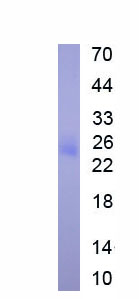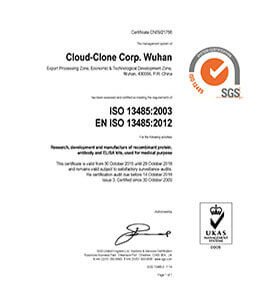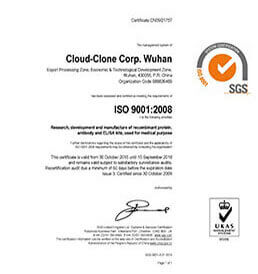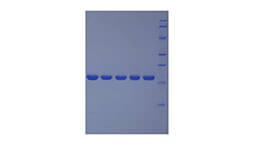Active Fibroblast Growth Factor 19 (FGF19)
- Product No.APC917Hu61
- Organism SpeciesHomo sapiens (Human) Same name, Different species.
- Buffer FormulationPBS, pH7.4, containing 5% Trehalose.
- Traits Freeze-dried powder
- Purity> 90%
- Isoelectric Point6.6
- ApplicationsCell culture; Activity Assays.
- DownloadInstruction Manual
- UOM 10µg50µg 200µg 1mg 5mg
- FOB
US$ 243
US$ 608
US$ 1216
US$ 3648
US$ 9120
For more details, please contact local distributors!
ACTIVITY TEST
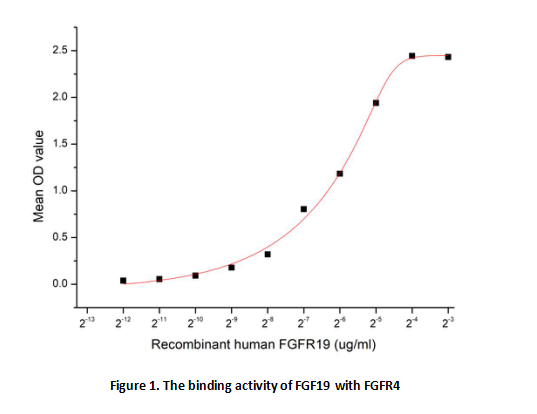
Fibroblast Growth Factor 19 (FGF19) is a member of the fibroblast growth factor (FGF) family. FGF19 has important roles as a hormone produced in the ileum in response to bile acid absorption, regulates new bile acid synthesis, acting through the FGFR4/Klotho-β receptor complexes in the liver to inhibit CYP7A1. FGF19 also has metabolic effects, affecting glucose and lipid metabolism. Besides, Fibroblast Growth Factor Receptor 1 (FGFR4) has been identified as an interactor of FGF19, thus a binding ELISA assay was conducted to detect the interaction of recombinant human FGF19 and recombinant human FGFR4. Briefly, FGFR4 were diluted serially in PBS, with 0.01% BSA (pH 7.4). Duplicate samples of 100 µl were then transferred to FGF19-coated microtiter wells and incubated for 2h at 37℃. Wells were washed with PBST and incubated for 1h with anti-FGFR4 pAb, then aspirated and washed 3 times. After incubation with HRP labelled secondary antibody, wells were aspirated and washed 3 times. With the addition of substrate solution, wells were incubated 15-25 minutes at 37℃. Finally, add 50µL stop solution to the wells and read at 450nm immediately. The binding activity of FGF19 and FGFR4 was shown in Figure 1, and this effect was in a dose dependent manner, the EC50 was approximately 0.016 ug/mL.
USAGE
Reconstitute in 10mM PBS (pH7.4) to a concentration of 0.1-1.0 mg/mL. Do not vortex.
STORAGE
Avoid repeated freeze/thaw cycles. Store at 2-8°C for one month. Aliquot and store at -80°C for 12 months.
STABILITY
The thermal stability is described by the loss rate. The loss rate was determined by accelerated thermal degradation test, that is, incubate the protein at 37°C for 48h, and no obvious degradation and precipitation were observed. The loss rate is less than 5% within the expiration date under appropriate storage condition.
GIVEAWAYS
INCREMENT SERVICES
-
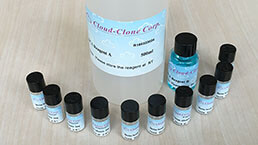 BCA Protein Quantification Kit
BCA Protein Quantification Kit
-
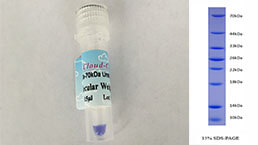 Molecular Mass Marker for Protein
Molecular Mass Marker for Protein
-
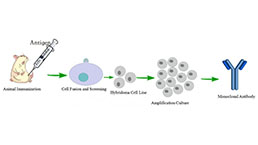 Monoclonal Antibody Customized Service
Monoclonal Antibody Customized Service
-
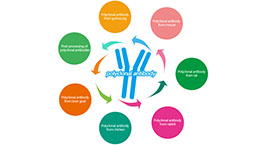 Polyclonal Antibody Customized Service
Polyclonal Antibody Customized Service
-
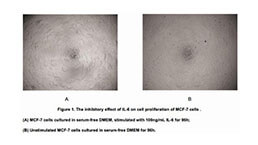 Protein Activity Test Experiment Service
Protein Activity Test Experiment Service
-
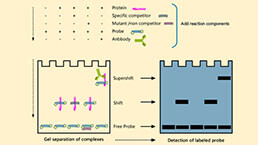 Electrophoretic Mobility Shift Assay (EMSA) Experiment Service
Electrophoretic Mobility Shift Assay (EMSA) Experiment Service
-
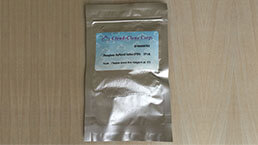 Buffer
Buffer
-
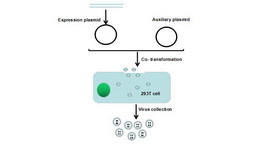 Lentivirus Packaging Experiment Service
Lentivirus Packaging Experiment Service
-
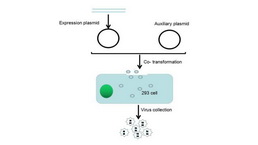 Adenovirus Packaging Experiment Service
Adenovirus Packaging Experiment Service
-
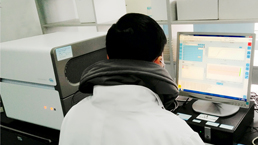 Real Time PCR Experimental Service
Real Time PCR Experimental Service
-
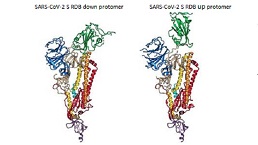 Spike RBD Protein (S-RBD)
Spike RBD Protein (S-RBD)
-
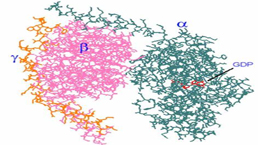 Protein G
Protein G
-
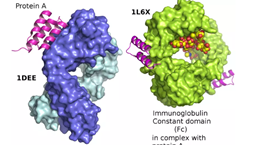 Protein A
Protein A
| Magazine | Citations |
| The Journal of Nutritional Biochemistry | Raspberry pomace alters cecal microbial activity and reduces secondary bile acids in rats fed a high-fat diet. pubmed:28437712 |
| Catalog No. | Related products for research use of Homo sapiens (Human) Organism species | Applications (RESEARCH USE ONLY!) |
| EPC917Hu61 | Eukaryotic Fibroblast Growth Factor 19 (FGF19) | Positive Control; Immunogen; SDS-PAGE; WB. |
| RPC917Hu01 | Recombinant Fibroblast Growth Factor 19 (FGF19) | Positive Control; Immunogen; SDS-PAGE; WB. |
| APC917Hu61 | Active Fibroblast Growth Factor 19 (FGF19) | Cell culture; Activity Assays. |
| RPC917Hu02 | Recombinant Fibroblast Growth Factor 19 (FGF19) | Positive Control; Immunogen; SDS-PAGE; WB. |
| APC917Hu01 | Active Fibroblast Growth Factor 19 (FGF19) | Cell culture; Activity Assays. |
| PAC917Hu01 | Polyclonal Antibody to Fibroblast Growth Factor 19 (FGF19) | IHC |
| MAC917Hu21 | Monoclonal Antibody to Fibroblast Growth Factor 19 (FGF19) | WB; IHC; ICC; IP. |
| SEC917Hu | ELISA Kit for Fibroblast Growth Factor 19 (FGF19) | Enzyme-linked immunosorbent assay for Antigen Detection. |
| SCC917Hu | CLIA Kit for Fibroblast Growth Factor 19 (FGF19) | Chemiluminescent immunoassay for Antigen Detection. |
| LMC917Hu | Multiplex Assay Kit for Fibroblast Growth Factor 19 (FGF19) ,etc. by FLIA (Flow Luminescence Immunoassay) | FLIA Kit for Antigen Detection. |


